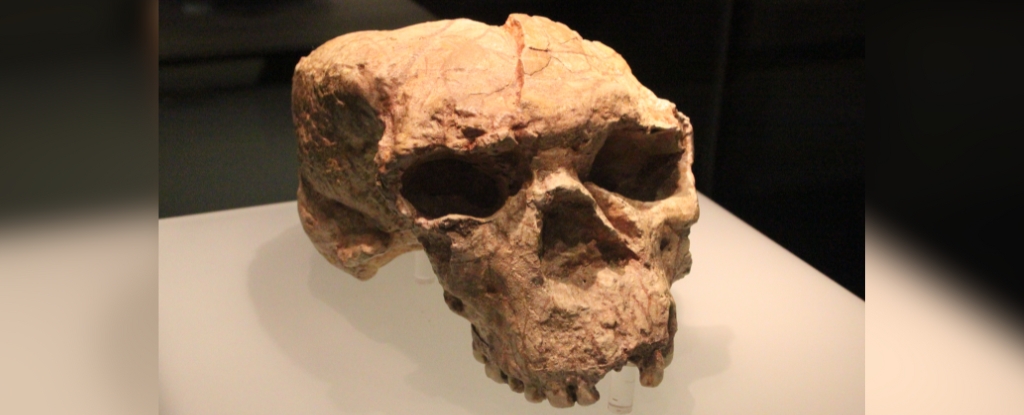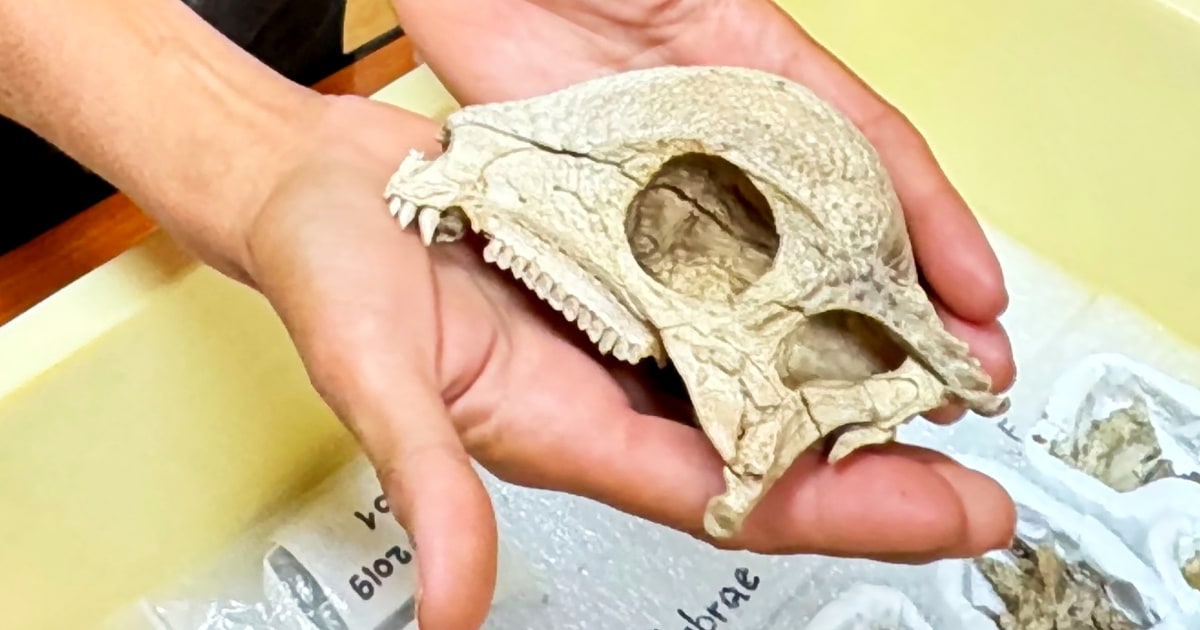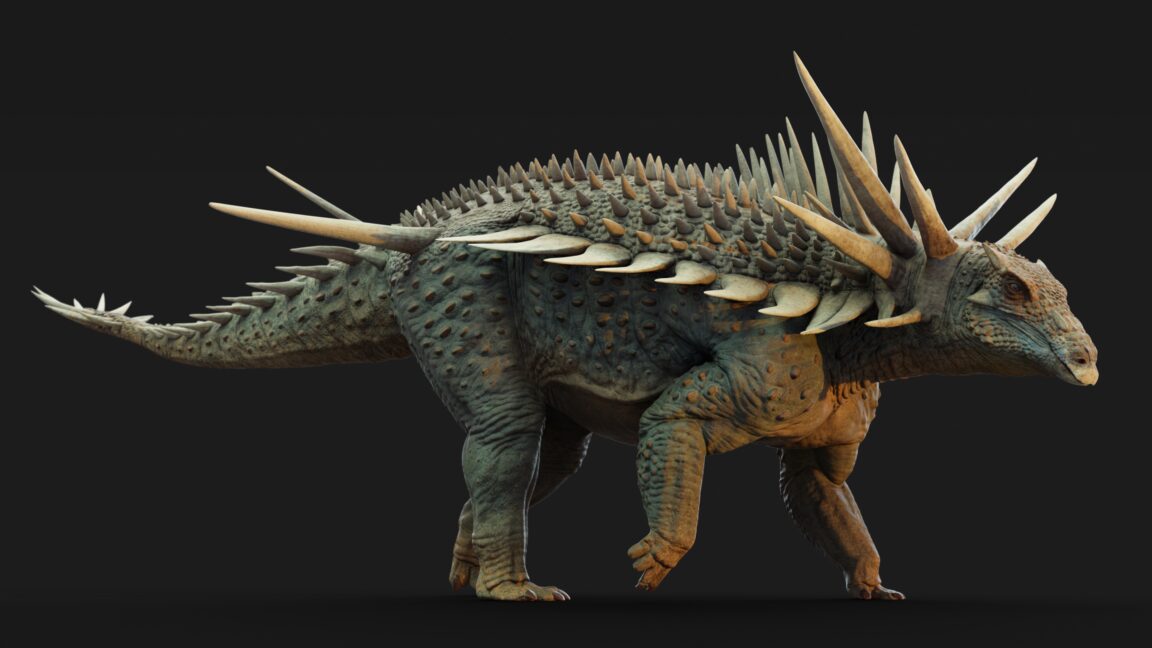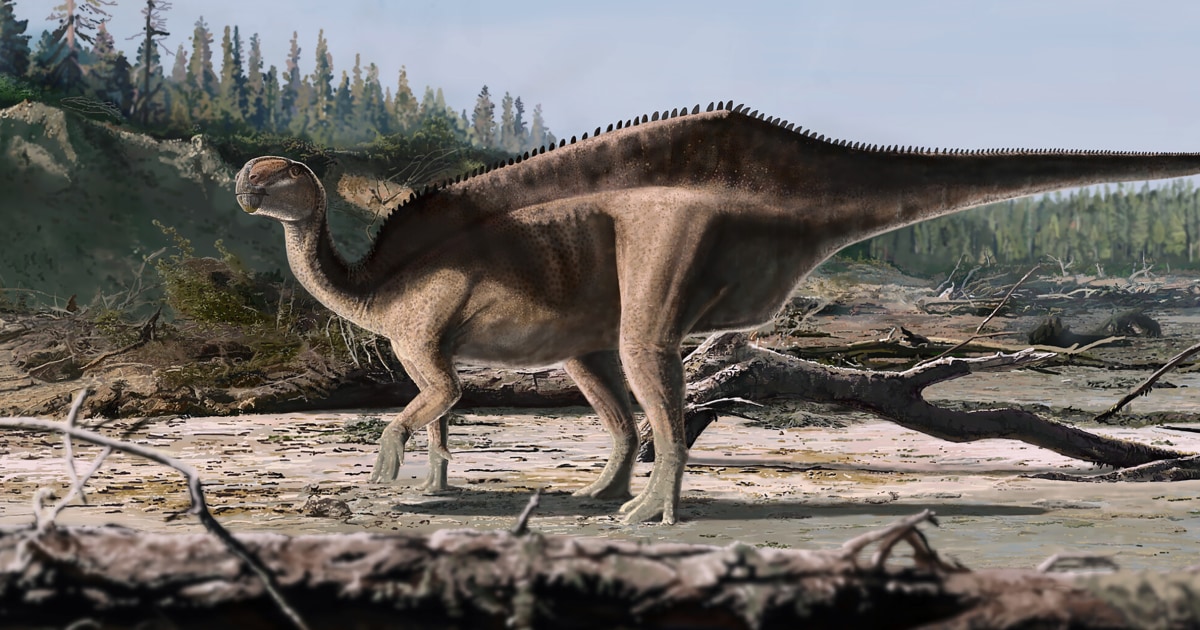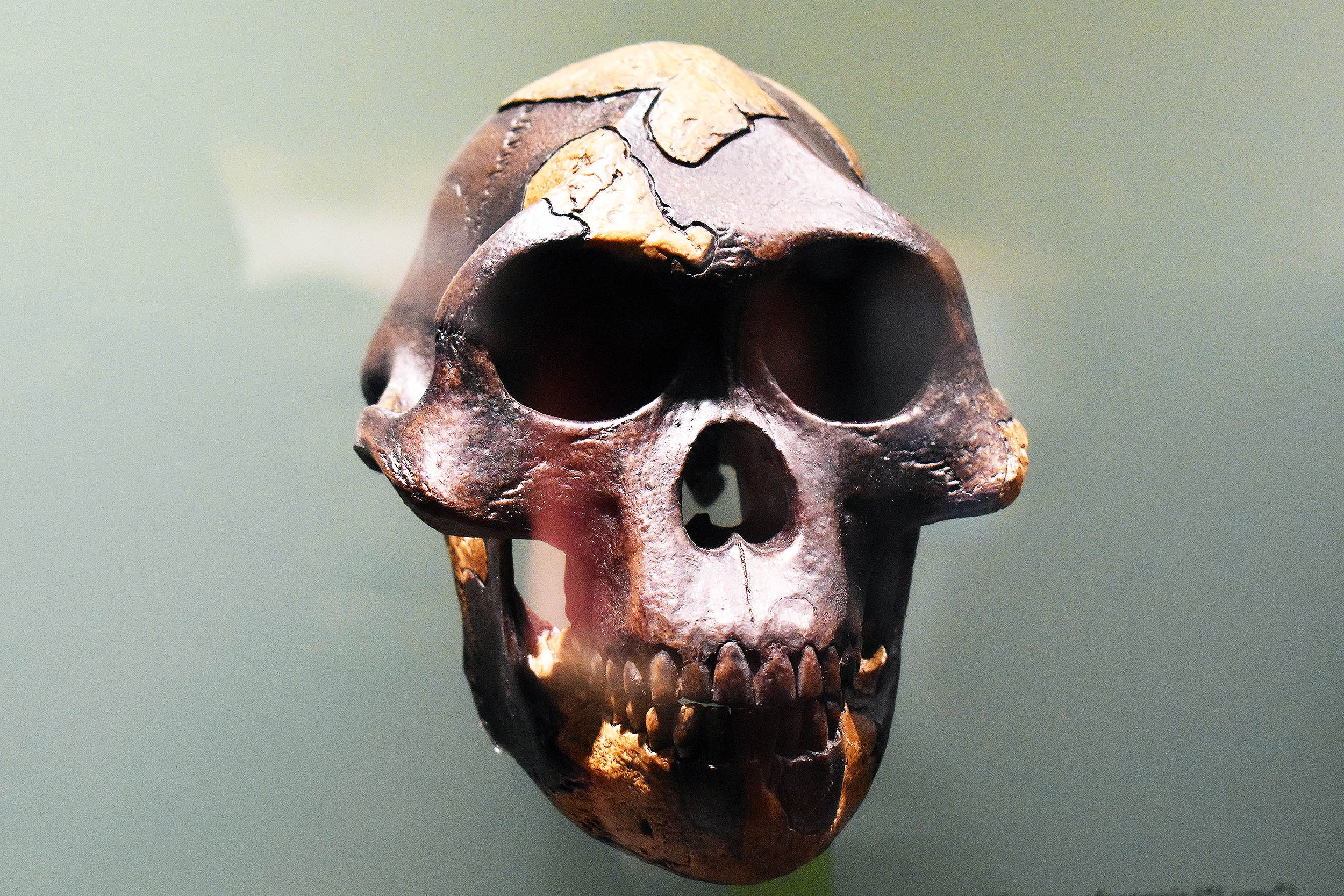Sword Dragon Ichthyosaur Xiphodracon goldencapensis Discovered on the UK Jurassic Coast
#ichthyosaur #fossil #paleontology #jurassic_coast #discovery
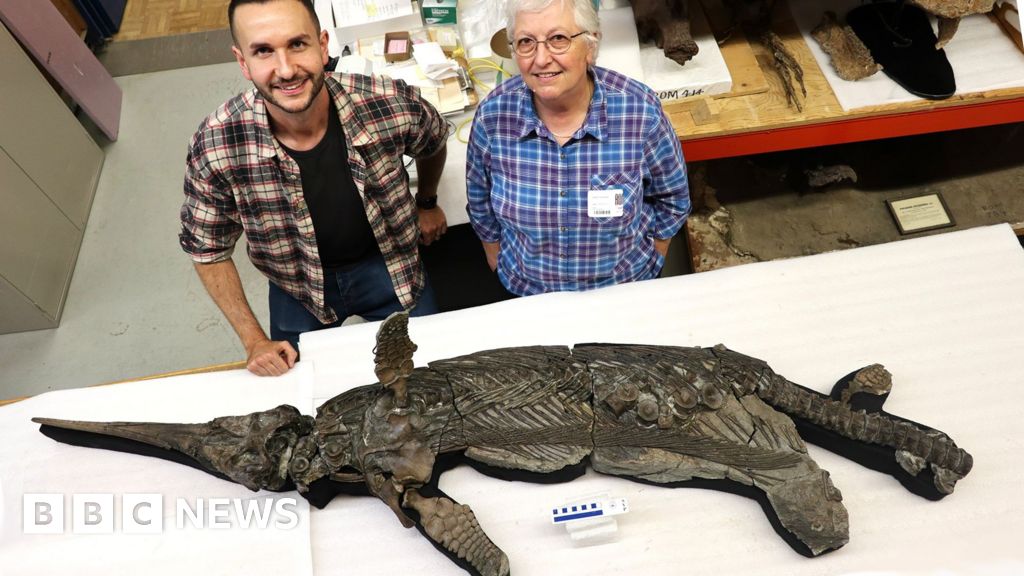
Introduction
A remarkable fossil discovered on the UK’s Jurassic Coast has stunned scientists worldwide, revealing a previously unknown species of marine reptile now dubbed the “sword dragon.” This near-perfect, three-dimensional skeleton—named Xiphodracon goldencapensis—was found near Golden Cap in Dorset and stands as the only known example of its kind, filling a crucial gap in the evolutionary history of ichthyosaurs[1][2]. With a long, sword-like snout and enormous eye sockets, this dolphin-sized predator once thrived in ancient oceans, likely preying on fish and squid[1][3]. The fossil’s exceptional preservation even hints at traces of its final meal, offering a rare snapshot of life—and death—during the Early Jurassic period.
Scientific Significance
The discovery marks the first new ichthyosaur genus described from this region in over a century, shedding light on a poorly understood chapter in marine reptile evolution[1][2]. Dating to the Pliensbachian stage, roughly 193–184 million years ago, the “sword dragon” provides critical clues about how these creatures adapted during a time of significant environmental change[3]. Researchers speculate that the animal’s demise may have been sudden, preserving it in remarkable detail for future study. As the fossil prepares for display in Toronto, its story continues to captivate both scientists and the public, illustrating the enduring mysteries hidden within Earth’s ancient coasts.
